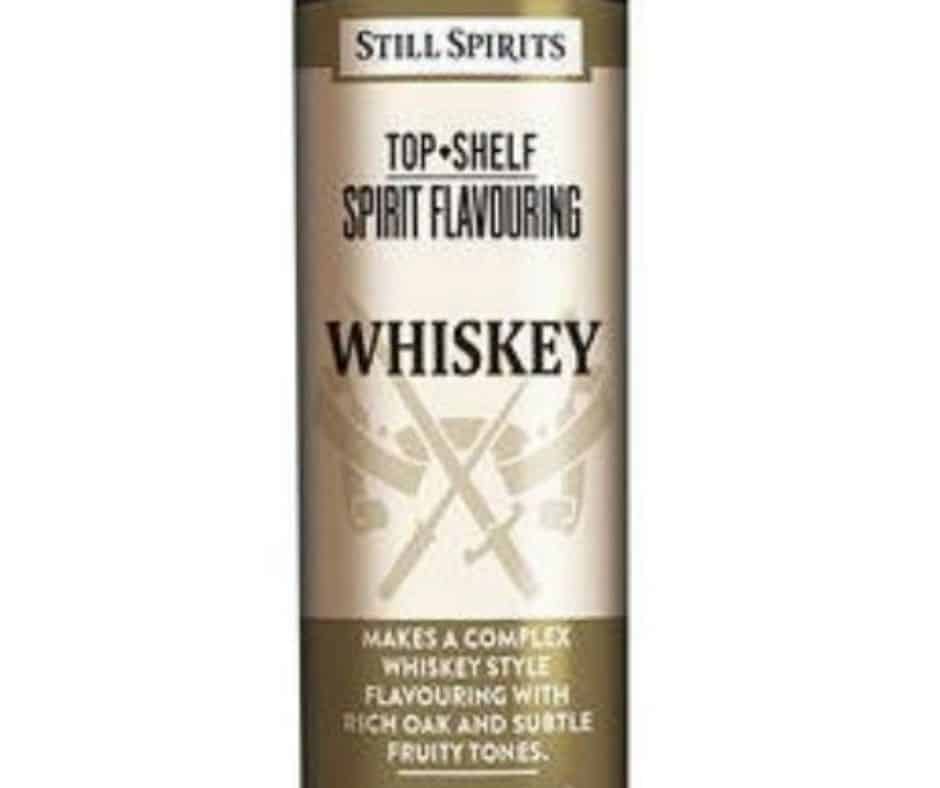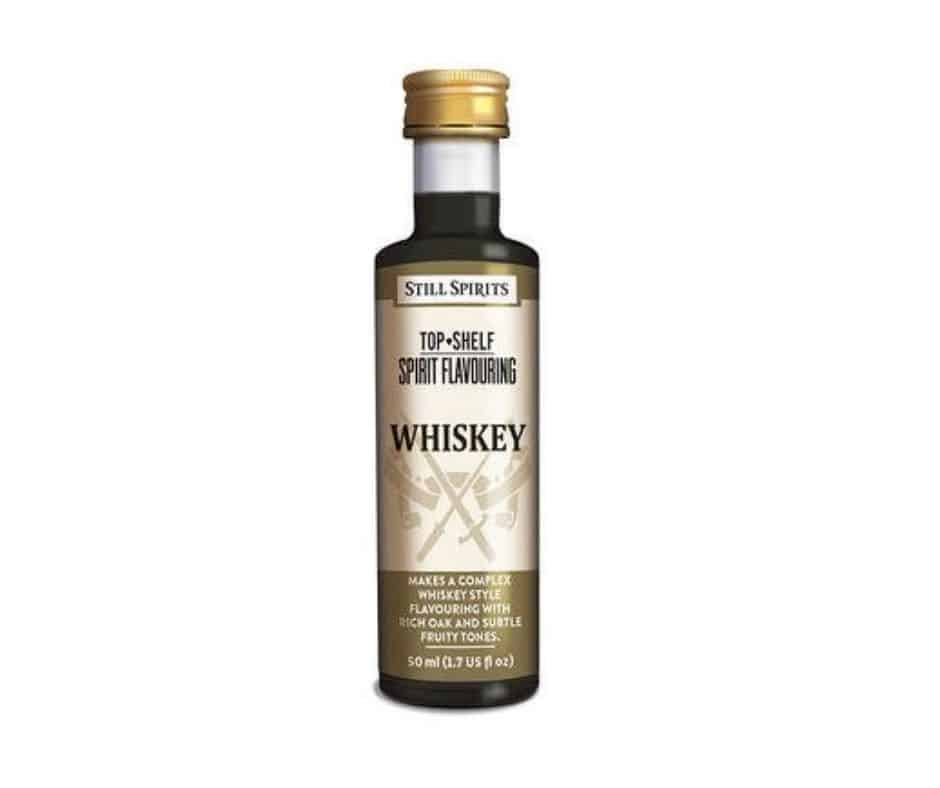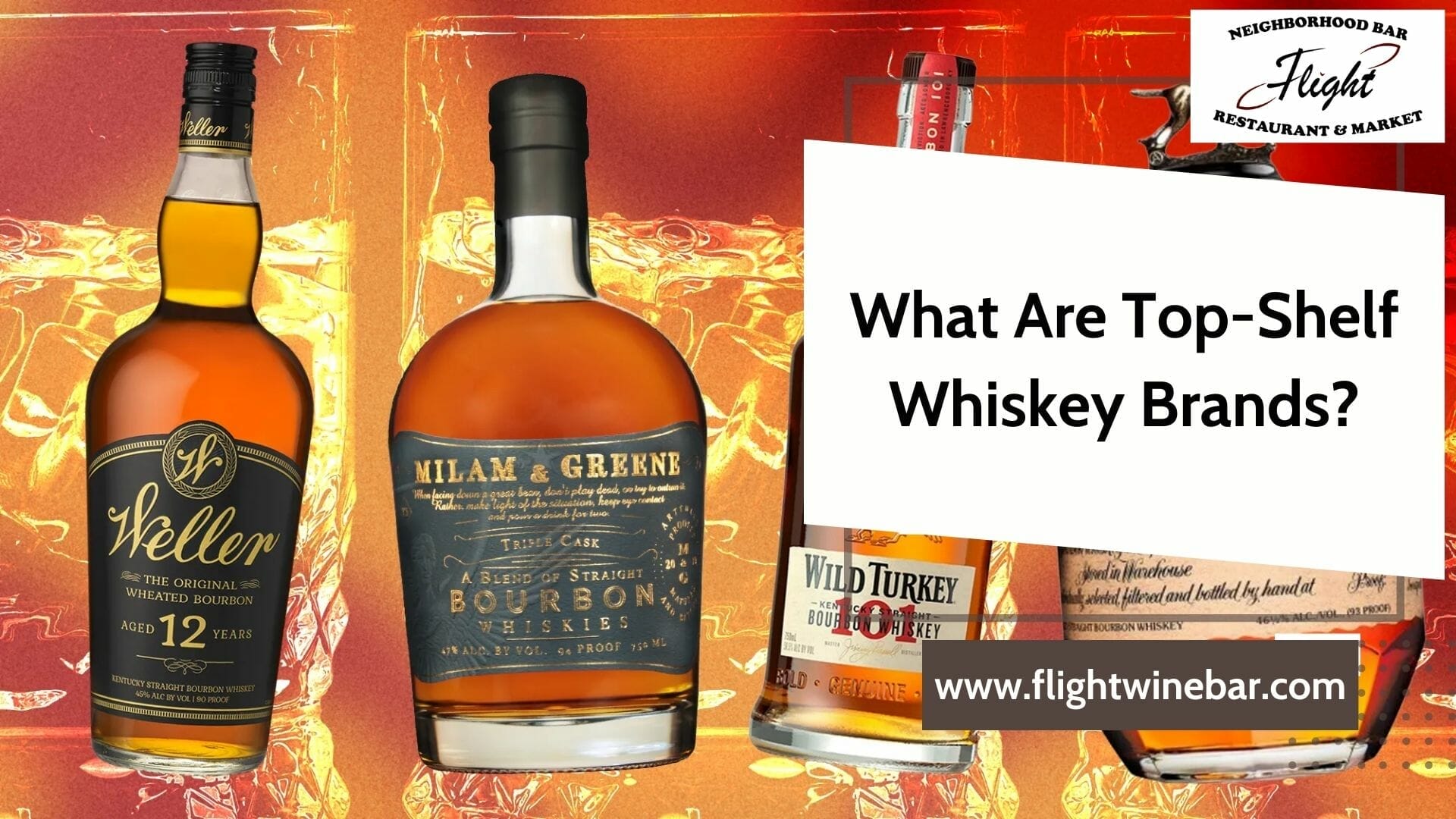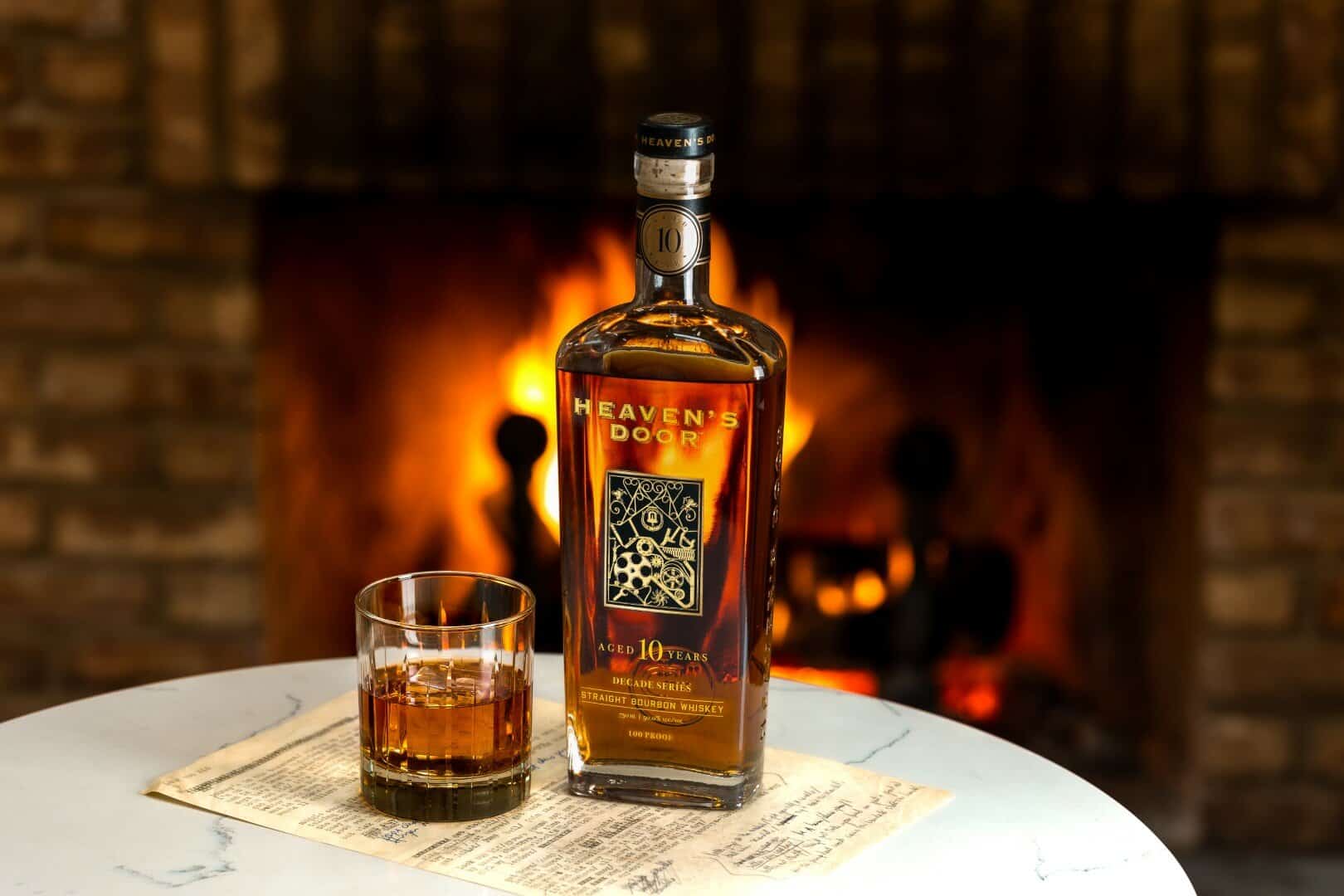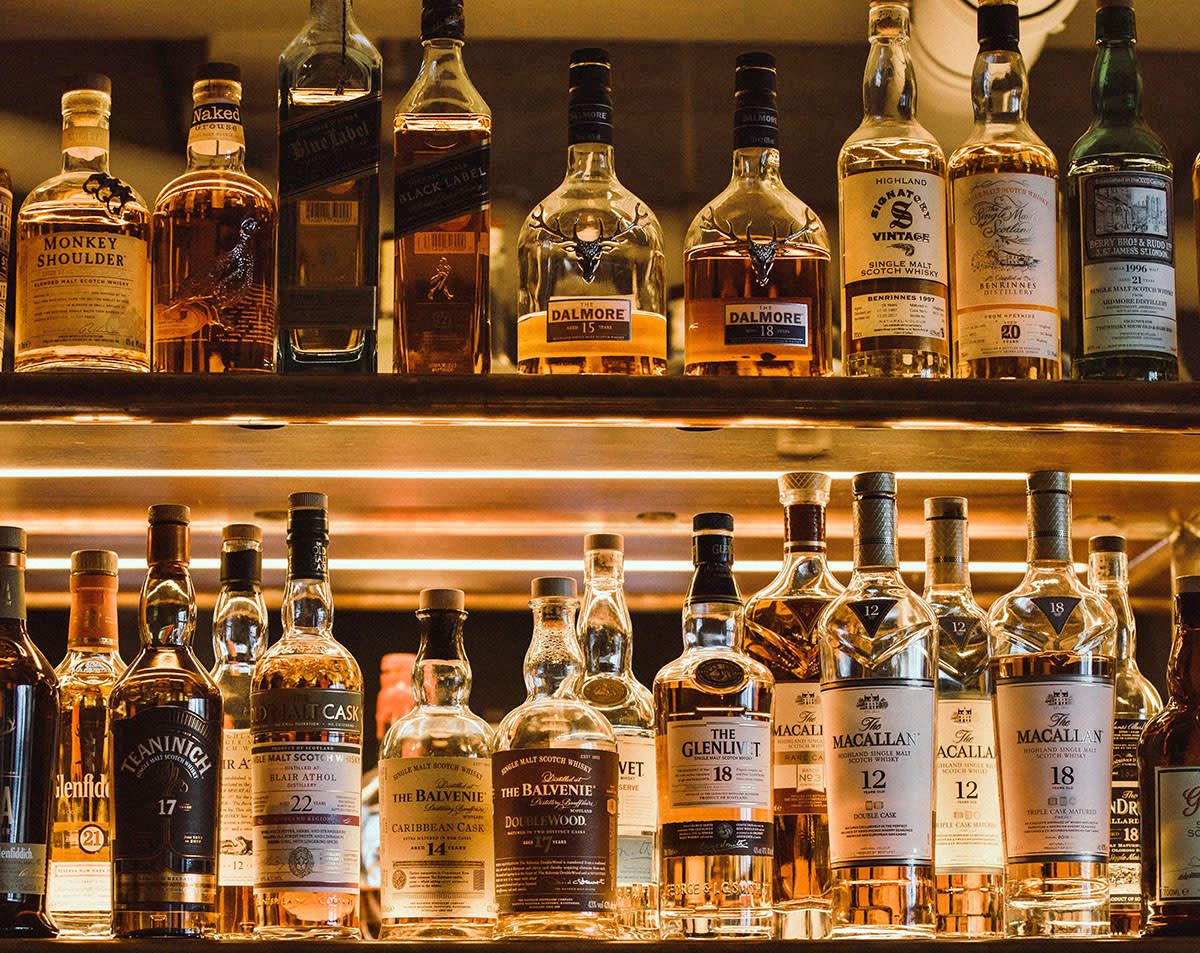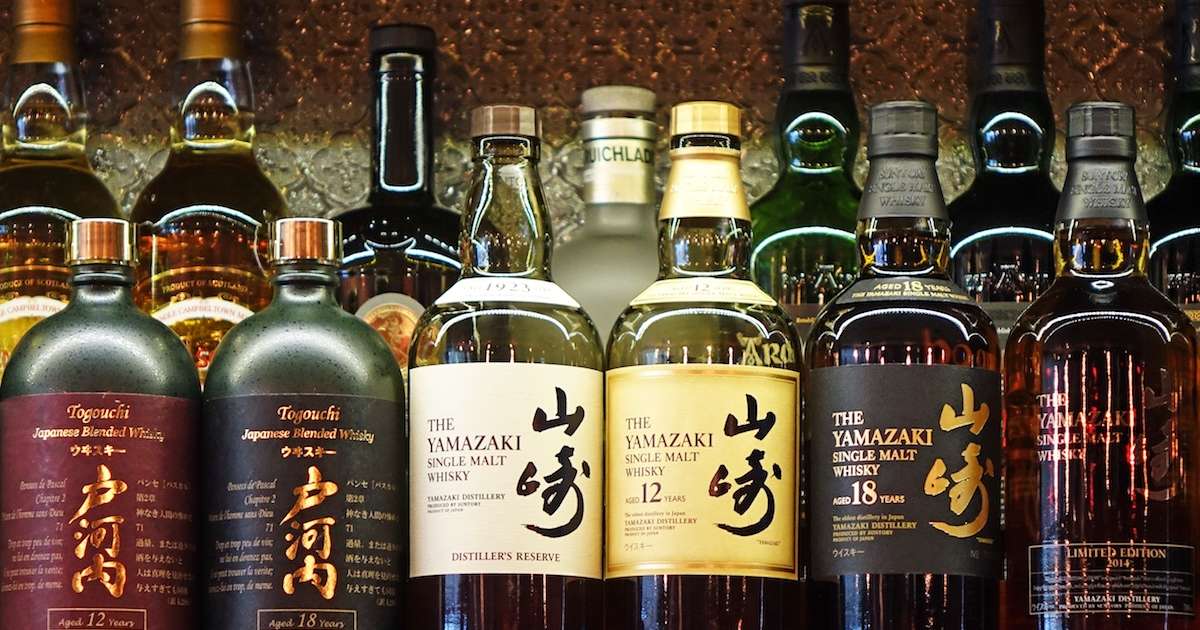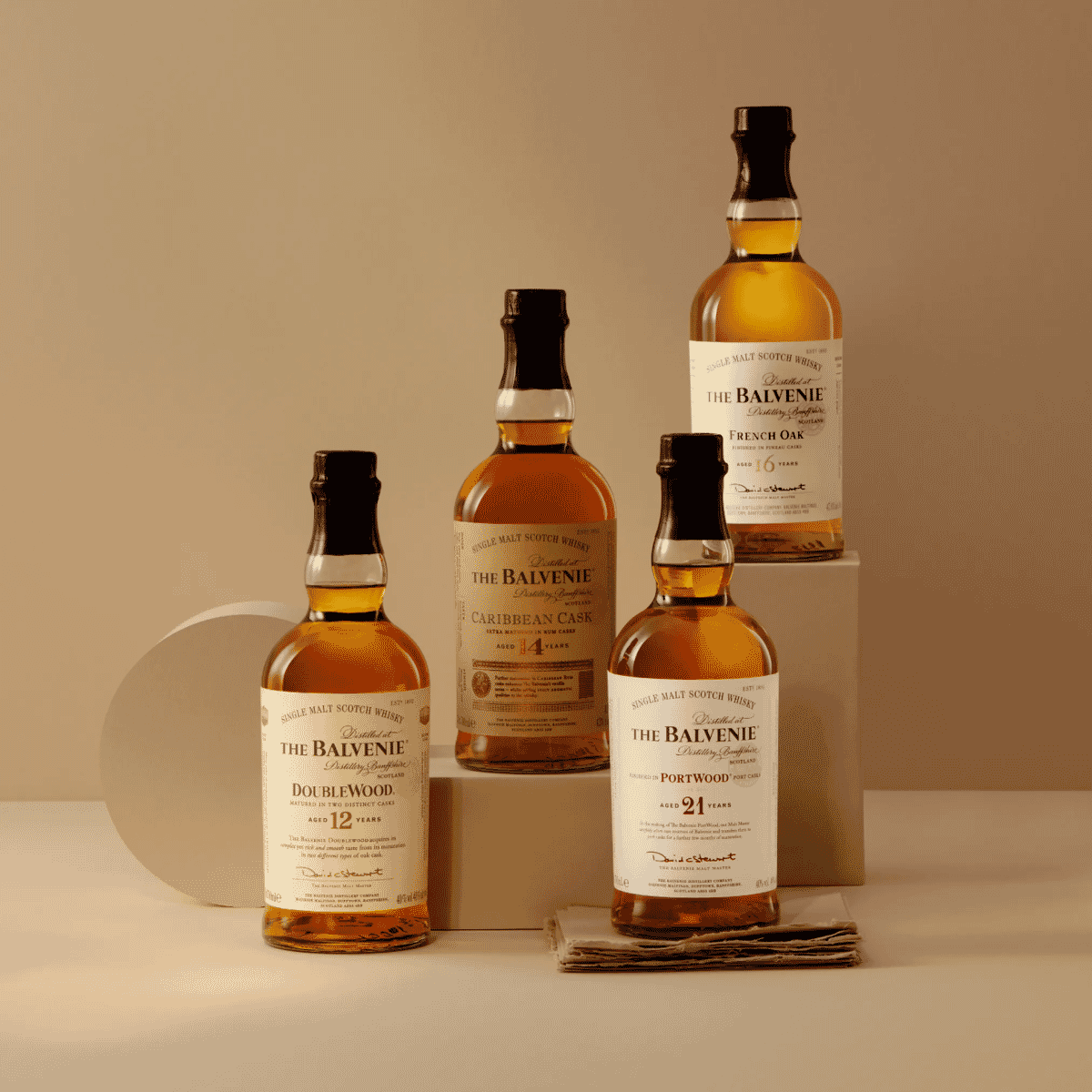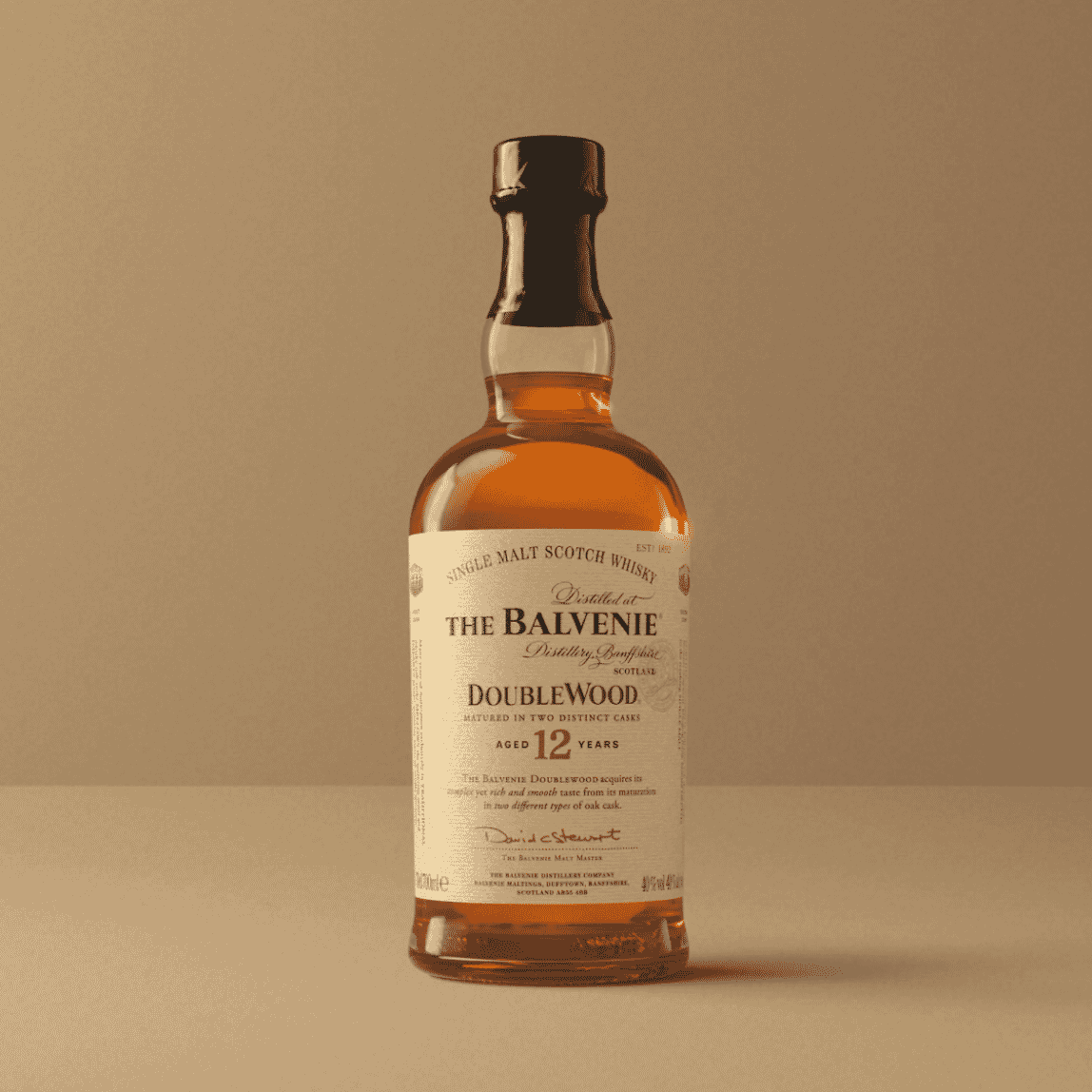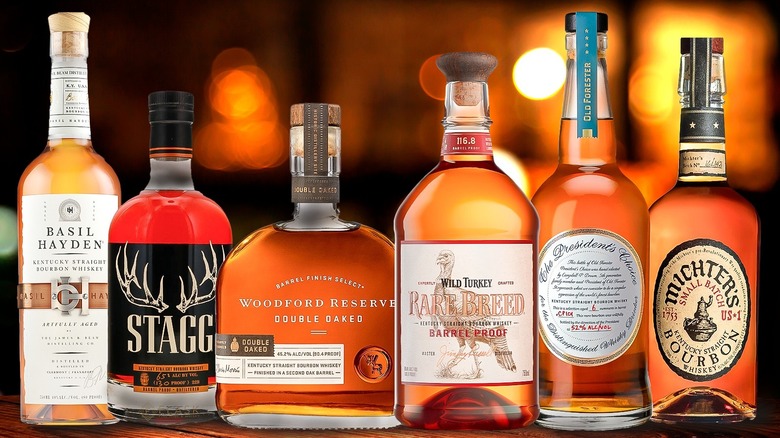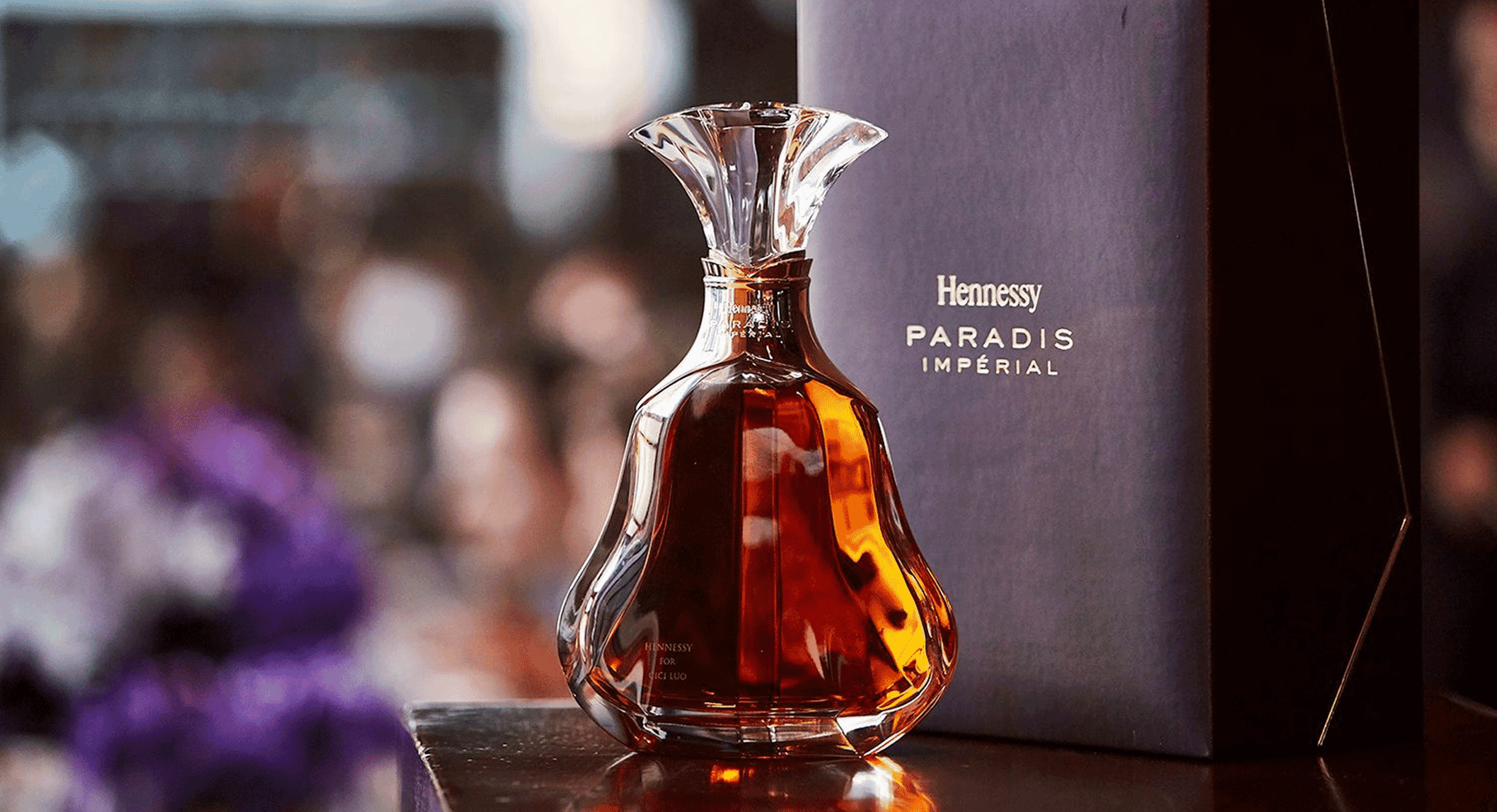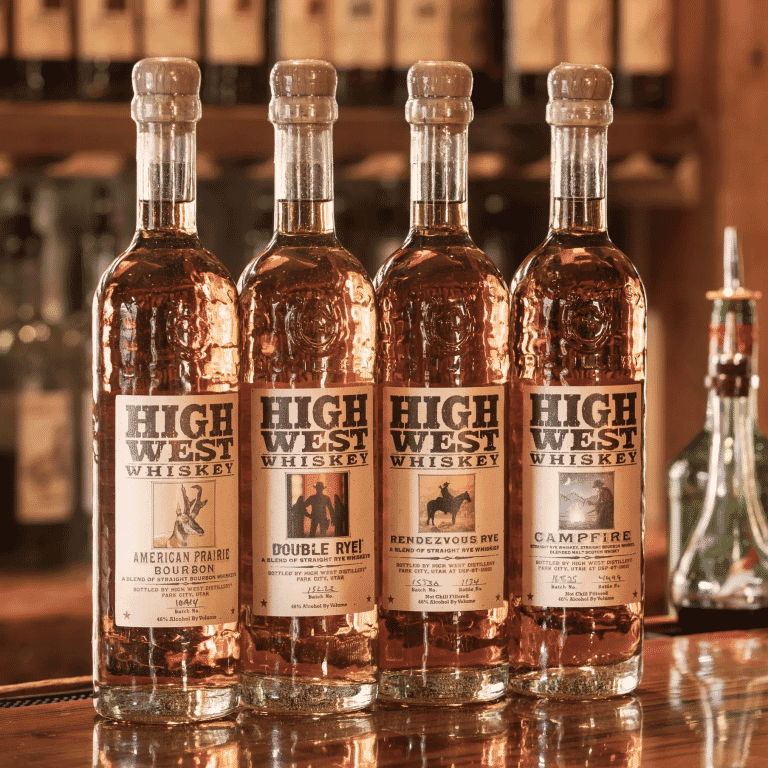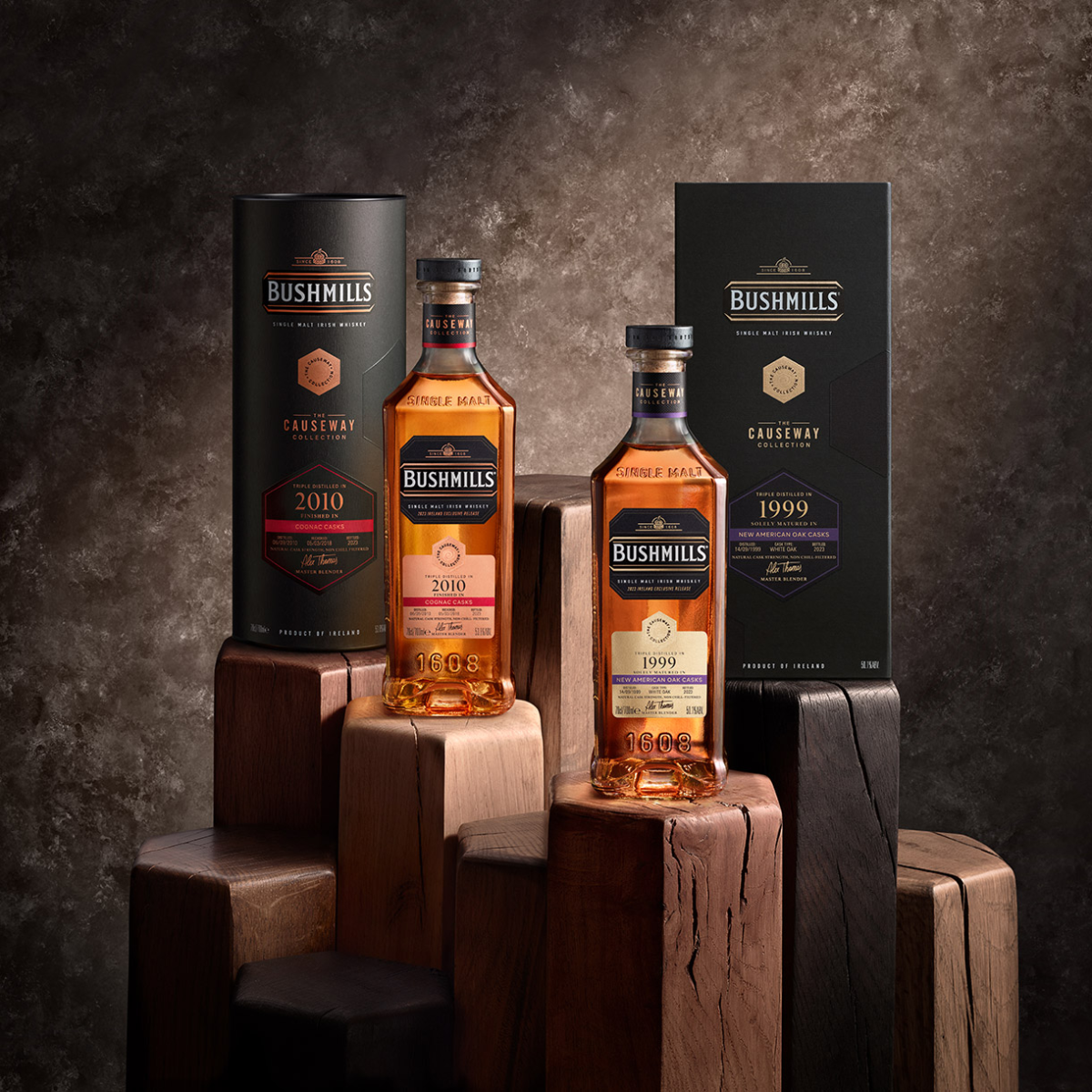What Is Considered Top Shelf Whiskey
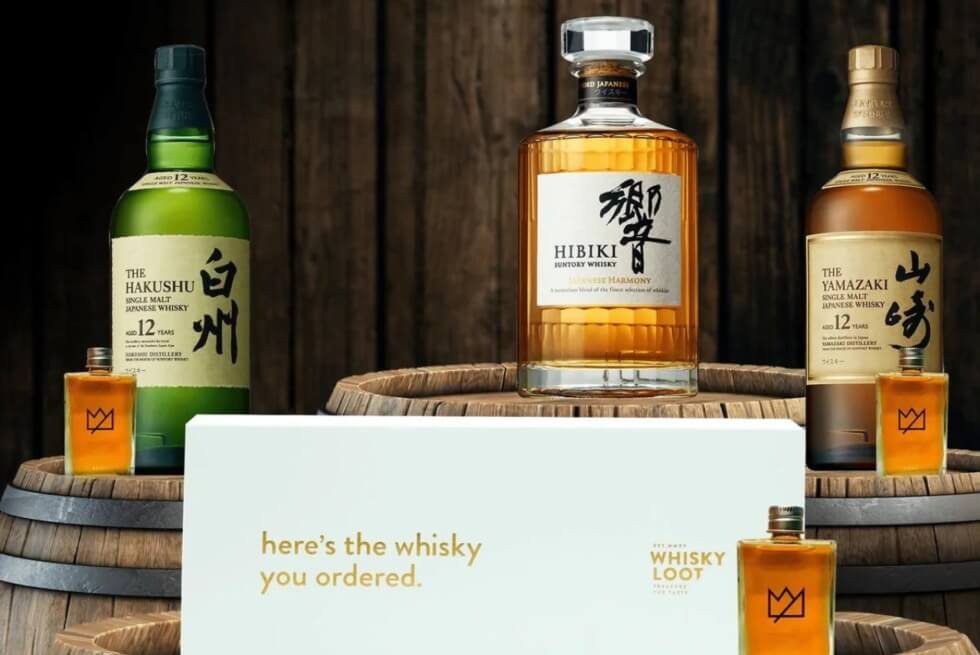
For whiskey enthusiasts, the term "top shelf" conjures images of rare bottles, meticulously crafted spirits, and premium price tags. But what exactly defines a whiskey as top shelf? The answer is more nuanced than simply its cost.
At its core, the classification of a whiskey as top shelf hinges on a combination of factors including age, ingredients, distillation and maturation processes, rarity, critical acclaim, and ultimately, perceived value by both experts and consumers. Understanding these elements helps distill the mystique surrounding these coveted bottles.
Age often plays a significant role. While not the sole determinant, older whiskeys, particularly Scotch and bourbon, are frequently considered higher quality due to the extended time spent maturing in oak barrels.
Longer maturation can lead to more complex flavor profiles as the whiskey interacts with the wood, extracting vanillin, tannins, and other desirable compounds. However, it's important to note that age alone doesn't guarantee excellence; a well-crafted younger whiskey can sometimes outshine an older, less carefully made one.
Crafting the Spirit: Ingredients and Process
The quality of ingredients significantly impacts the final product. High-quality grains, pure water sources, and carefully selected yeast strains are crucial for laying a solid foundation.
Distillation techniques also contribute. Some distilleries prioritize traditional methods, such as pot stills, which can impart unique characteristics to the spirit. Others employ modern column stills for greater efficiency and consistency.
The type of oak used for aging, whether American white oak, French oak, or other varieties, further influences the whiskey's flavor profile. The char level of the barrel also plays a critical role, impacting the color and the level of caramelization that occurs during maturation.
Rarity and Exclusivity: Factors Driving Demand
Rarity is a major driver of top-shelf status. Limited-edition releases, single-barrel offerings, and whiskeys from closed or mothballed distilleries often command premium prices due to their scarcity.
These bottlings appeal to collectors and enthusiasts seeking unique and hard-to-find expressions. The perceived exclusivity adds to their allure and elevates them into the top-shelf category.
Bottles from distilleries with a long and storied history, such as Macallan or Pappy Van Winkle, are frequently sought after. Their consistent quality and established reputation contribute to their top-shelf positioning.
Critical Acclaim and Consumer Perception
The opinions of whiskey critics and experts also influence perception. High scores from reputable publications and awards from prestigious competitions can significantly boost a whiskey's profile.
Reviews often highlight specific flavor notes, complexity, and overall balance, providing guidance for consumers seeking premium options. The Whisky Advocate and Jim Murray's Whisky Bible are prominent sources of whiskey reviews.
Ultimately, consumer perception plays a pivotal role. A whiskey can possess all the attributes of a top-shelf spirit, but if consumers don't embrace it, its status may remain uncertain.
Marketing and branding also play a part in shaping consumer perceptions. A well-crafted story and a luxurious presentation can enhance the perceived value of a whiskey.
The Price Tag and What It Represents
While price isn't the only factor, it is often a significant indicator of top-shelf status. The costs associated with producing high-quality whiskey, including premium ingredients, lengthy maturation, and meticulous craftsmanship, contribute to higher prices.
These higher prices reflect the time, resources, and expertise invested in creating the spirit. However, some argue that certain whiskeys are overpriced due to hype and speculation rather than inherent quality.
Ultimately, the definition of top-shelf whiskey is subjective and multifaceted. It's a combination of objective factors like age and ingredients, coupled with subjective factors like taste and perceived value. For many, the experience of savoring a top-shelf whiskey is about more than just the liquid in the glass; it's about the history, the craftsmanship, and the appreciation of a truly exceptional spirit.
